Any metal elements or alloys that go through a machining process which cuts and draws that material into an open grid pattern are referred to as expanded metals. Because expanded metals are so durable and cost-effective, they are the material of choice in many different industries. Architecture, water filtration, and construction companies all use expanded metals to build parts and structures on a budget. Read More…
Our expanded metal is ideal for a wide range of applications and our teams will work with you every step of the way to guarantee your satisfaction. Our goal is to exceed your expectations and we take pride in providing our customers with outstanding services.
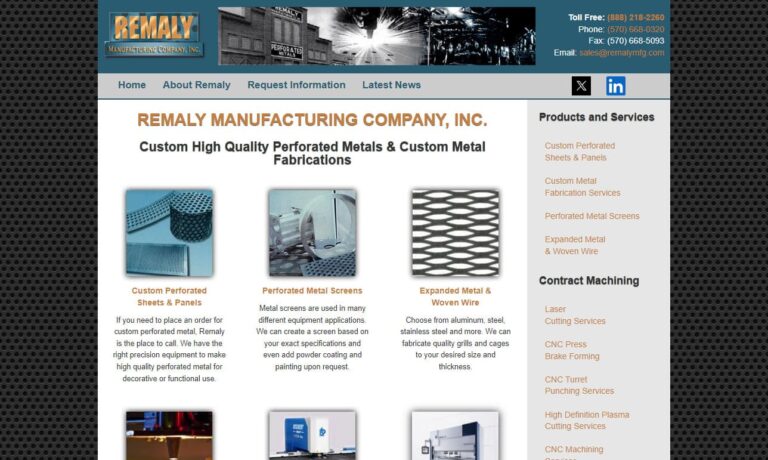
We sell Steel, Stainless, Aluminum, Brass, and Copper products and have the capability to process material to customer specifications. Construction supplies & services include rebars, fabrication, roofdeck, tubing, wiremesh, construction steel pipe, highchairs, bollards, grating and expanded metals.
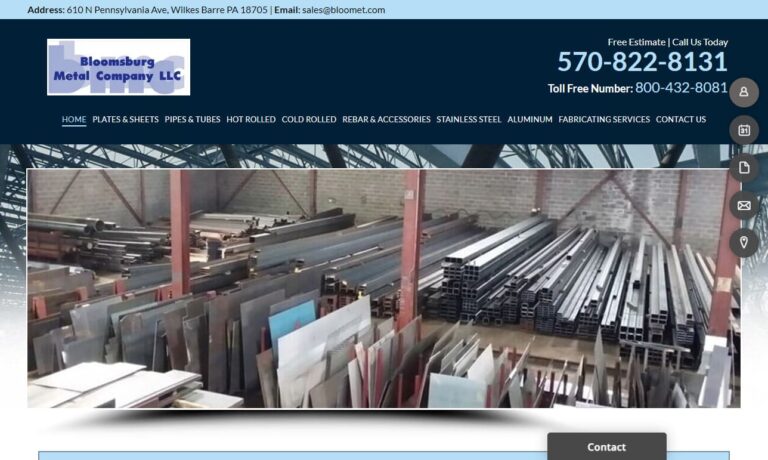
Steel distributor specializing in beams, h-piling, channels, angles, galvanized angles, pipe & tubing, rebar, epoxy coated rebar, flats, squares, rounds, expanded metals, expanded grating, bar grating (steel, stainless, aluminum), fiberglass grating, bar joist & decking. Specialty items include NYC steel face curbing.
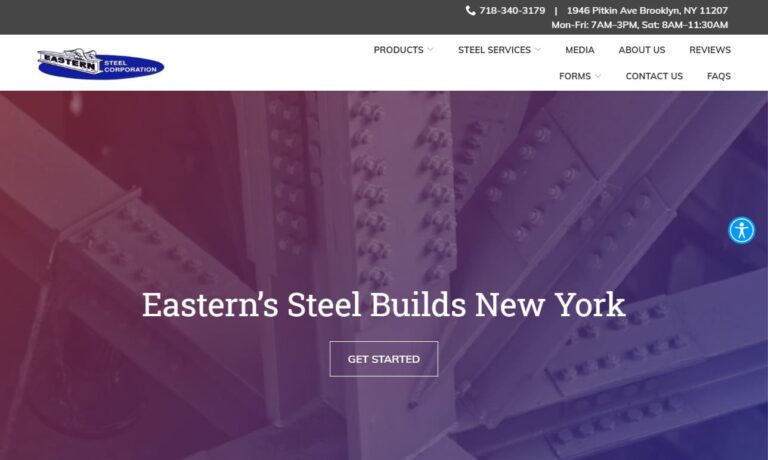
Midwest Steel & Aluminum is partnered with the best metal suppliers worldwide to offer our customers steel cut to size and delivered on time. We are committed to manufacturing high-quality products while pushing ourselves to be even better. We are ISO 9001:2015 certified.
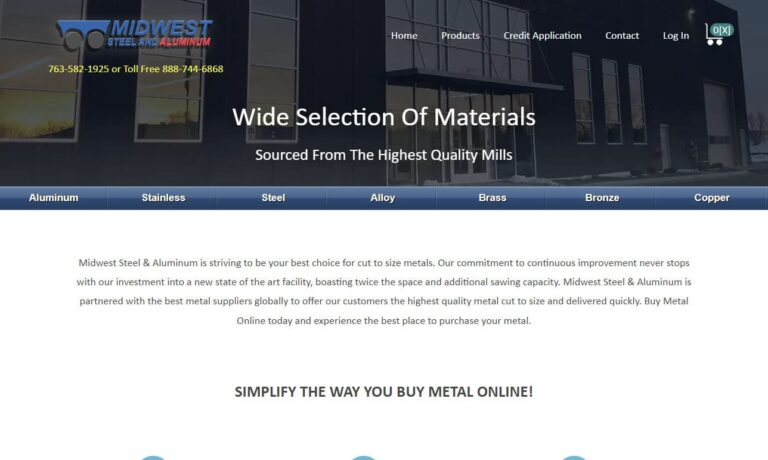
More Expanded Metal Manufacturers
Sometimes manufacturers make expanded metal products for decorative purposes, and at other times they make expanded metal products for more functional purposes. To every product that manufacturers make partially or in full from them, expanded metals provide both a strong and light solution that has the ability to protect while still allowing air to pass through.
Products Produced
Expanded metal is a versatile material used in a wide range of applications, and it finds its way into numerous products due to its unique characteristics. One of the most common products produced using expanded metal is grating. Expanded metal grating is widely used in industrial settings, walkways, and platforms. Its open design allows for efficient drainage and ventilation while providing sturdy support for heavy loads. Another important application of expanded metal is in fencing and security products. The interlocking pattern of expanded metal makes it an excellent choice for fencing, ensuring both visibility and security in various settings, such as airports, prisons, and commercial properties.
Expanded metal is also employed in architectural and decorative applications. Architectural meshes, created from expanded metal, add an aesthetic appeal to buildings and facades, providing a unique and modern appearance. These meshes can be used for sunscreens, privacy screens, and artistic installations, allowing designers to play with light and shadow creatively. Additionally, expanded metal finds its way into automotive products, such as radiator grilles and protective covers, due to its lightweight and durable nature.
In the realm of filtration and screening, expanded metal takes on a crucial role. It is utilized to manufacture air filters, oil filters, and screens for various industrial processes. The precise openings in the expanded metal allow for effective filtration, making it an ideal choice for separating particles in liquids and gases.
Furthermore, expanded metal is utilized in the construction industry as reinforcements for concrete and masonry. Concrete reinforcing mesh made from expanded metal improves the structural integrity and load-bearing capacity of concrete structures, enhancing their durability and safety.
In summary, the versatility of expanded metal makes it a sought-after material in various industries, leading to the production of a diverse range of products. From grating and fencing to architectural meshes, automotive components, and filtration systems, expanded metal plays a pivotal role in meeting structural, functional, and aesthetic requirements across multiple applications.
History
The expanded metal process was invented by John French Golding in 1884. His goal was to create a tray, or metal screen, with which miners in the United Kingdom could sort coal. His expanded metal screen was preceded by sorting tools made from metal strips or woven wire. These tools were largely inefficient and not standardized. Also, they were not terribly strong. Golding’s invention was made not from multiple strips or wires, but rather from a single metal sheet. This made them more durable than the other sorting tools. In addition, the expanded metal process yields screens with uniform open areas.
Five years after inventing metal expansion, Golding and a group of other people in the industry pooled their expertise and research to form their own company. They first named it the British Metal Expansion Company, then later changed it to the Expanded Metal Company Limited, of London. For a number of years, the Expanded Metal Company had a monopoly on metal expansion in Europe, as they owned sole rights to the process.
In the 1890s, Eli Hendrick, an American, invented the punching machine, the predecessor of modern perforating punches. Perforating punches allow for the creation of perforated metals, which are expanded metals’ close relatives.
The first person to receive a patent to expand metal in the United States was a man named Charles H. Schrammel. Awarded the patent in 1910, his work stood out for its improvements to the metal expansion process. These improvements included the introduction of sheet metal rolling to the process and changing the angle of metal mesh dividers so that the process would yield better textures for gripping.
Though over 100 years have passed since then, little has changed in the metal expansion process, aside from changes brought about by advances in technology. Such advances include automation, the invention of digital perforation, the formation of standards organizations, and the introduction of CNC machining. Though plastics have caused somewhat of a diminishment of the expanded metals market, it is still thriving. Also, thanks to people recently showing a renewed interest in older style architecture, architectural perforated metals and expanded metals have become popular once again, and the expanded metal products industry has seen an uptick in business.
Materials
Manufacturers use several metal materials to create expanded metal products. Copper, aluminum, stainless steel, and titanium are among those metals that they use most often. Each of these metals is strong and resists corrosion well while still being fairly lightweight. They can all be cold rolled after being expanded to reduce the material’s thickness for a more uniform surface.
Copper is a naturally occurring, non-ferrous transition metal. Copper is known for its electrical conductivity, thermal conductivity, antimicrobial properties, corrosion resistance, strength, and color. Manufacturers use copper expanded metal to make products like metal grating, enclosures, filters, radiators, walkways and heat sinks, decorative ornaments, and decorative metal mesh.
Aluminum is another naturally-occurring element, though it is rarely used in its pure form. It is lightweight, durable, and corrosion resistant (more so than carbon steel). In addition, aluminum becomes stronger in cold temperatures, instead of brittle. Expanded aluminum works well as enclosures for refrigerators and freezers, guards, flooring, walkways, grilles, electronic components, automotive components, marine and aquarium components, cooking tools, and air filters.
Stainless steel is a steel alloy featuring at least 10% chromium composition. For this reason, stainless steel also features a thin chromium oxide top layer. This layer makes expanded stainless steel products self-repairing when scratched, extra corrosion resistant, and rust resistant. Stainless steel is also stronger, more durable, and more bacteria resistant than other steel alloys, such as mild steel. Expanded stainless steel products are useful in a wide variety of settings, including the kitchen, the clinic and hospital, the laboratory, outside, in and on vehicles, in and on buildings, in water treatment plants, in marine settings, and on airplanes.
Titanium is extremely strong, lightweight, corrosion resistant, heat resistant, and sterile. Titanium is as strong as steel, but 45% lighter. Also, it does not react with the human body, so it can be used in surgeries and orthopedics. Expanded titanium is most popular in industries including military and defense, aerospace, automotive, electronics, and healthcare.
Process Details
During the process of turning metal sheets into expanded metal products, manufacturers start with the expansion, then go into the shaping and forming of the sheet to custom specifications. For more detail, read on.
- The start of the manufacturing process for regular and flattened metals is exactly the same. First, manufacturers feed metal sheets into a machine that presses and expands them. These days, this is usually all controlled by an automated process, as it offers better efficiency.
- After expansion, a die pierces the sheet over and over again in an even pattern. Most often, this is a diamond shape pattern. However, manufacturers can cut and form custom shapes and patterns.
- Next, manufacturers feed the sheet through a hot rolling press. The hot rolling press causes the metal to expand and become thinner and flattened. If the original metal sheet is very thick, they will have to apply extra heat and pressure to expand and cut it.
- After this, if they so choose, manufacturers can finish the expanded metal product with annealing to promote corrosion resistance, veneers (such as those derived from paint or PVC), galvanization (to make galvanized steel), or anodization. Protective coatings that manufacturers add after the metal is formed are usually a spray or dip. Manufacturers can employ these coating methods not only to improve the properties of the metal, but also to change the colors of the surface.
- Once this is done, manufacturers consider the piece to be a finished metal grid or mesh.
Design
Manufacturers have to think about a number of different things when they engage in an expanding metal process. Mainly, they have to decide the shape and size of the hole patterns in the expanded metal products, based on the application requirements. They must also consider standard requirements, the best metal for the job based on its qualities, the metal gauge (thickness in centimeters or inches), the overall size (length, width, etc.), and the texture.
To calculate the size of the open areas they plan to create during metal expansion, manufacturers use two measurement methods: SWD and LWD. SWD stands for “short way of the diamond”, that is, the width of the openings. LWD means “long way of the diamond” or the length of the openings. Manufacturers calculate the SWD and LWD based on the amount/density size of air, water, etc. that needs to be able to pass through the pattern in the metal.
To customize an expanded metal product, manufacturers can form expanded metals into any desired shape and finish them with any number of paints or other coatings. They can also create custom hole patterns.
Machinery Used
Manufacturers use a number of different machines and tools in order to perform the metal expansion process and subsequent parts forming procedure. These include expansion presses, flattening presses, dies, and hot rolling presses.
Expansion presses push metal outward using a stretcher bar as they cut slits into the metal using mechanical knives. Manufacturers may use either manual expansion presses or automated CNC expansion presses, though they most often use the latter.
Flattening presses do just what their name suggests–they flatten and smooth metal sheets. They come into play after perforation and expansion. They cold roll metal using parallel cylinders that squeeze the metal as it passes in between the cylinders.
Dies are special manufacturing tools used in conjunction with presses and other forming machines. Typically made from metal, these tools are designed in the shape of a product to be produced. When material is forced through them, or in this case, when they press into material, they cut and shape it.
Hot rolling presses are presses featuring rollers to flatten metal. They are different from cold rollers because they work the metal above its recrystallization temperature.
Advantages over Similar Processes
Two processes or items that are similar to expanded metals are perforated metals and wire mesh. Perforated metals are sheets of metal with regularly spaced holes punched through them, while wire mesh consists of interconnected wires forming a grid-like pattern. Like expanded metals, both perforated metals and wire mesh are used in various industries for similar applications, such as filtration, screening, fencing, and architectural purposes.
While all three processes offer distinct advantages, expanded metals have several features that make them superior in certain situations. First, compared to perforated metals, expanded metals are more lightweight, making them easier to handle and install. The unique manufacturing process of expanded metals involves slitting and stretching a single sheet of metal, resulting in a pattern of interlocked strands. This interconnected structure provides inherent strength and rigidity to expanded metal products, which can often be more durable than perforated metals, especially in high-stress applications.
In comparison to wire mesh, expanded metals are more versatile and customizable. With expanded metals, the openings and patterns can be tailored to specific requirements, allowing for a greater variety of designs and functionalities. Wire mesh, on the other hand, is limited to the thickness and configuration of the wires, making it less flexible in terms of customization. Expanded metals also offer better visibility, as the openings are more pronounced, making them preferable in applications where transparency is desired, such as architectural facades or safety barriers.
Another advantage of expanded metals is their efficient use of materials. During the manufacturing process, there is minimal waste, as the metal is stretched and not removed. This results in cost savings and a more environmentally friendly production process compared to some other manufacturing techniques that generate more scrap material.
In conclusion, while perforated metals and wire mesh have their strengths and are suitable for specific applications, expanded metals offer unique benefits that make them superior in various scenarios. Their lightweight, inherent strength, and customization options make them ideal for applications where durability, versatility, and cost-effectiveness are crucial. Additionally, the efficient use of materials and improved visibility further contribute to expanded metals’ superiority over products created through other processes in certain contexts.
Benefits
Using expanded metals in various applications offers a multitude of benefits that make it a favored choice across diverse industries. One key benefit is the enhanced ventilation and drainage capabilities provided by the open design of expanded metals. Whether used as grating in industrial settings, walkways, or platforms, or as screens for air or liquid filtration, the interconnected pattern allows for efficient airflow and fluid passage. This feature is especially valuable in scenarios where proper ventilation or drainage is essential for optimal performance and safety.
The versatility of expanded metals is also a significant advantage. With the ability to customize the size and shape of the openings, expanded metals can be tailored to meet specific requirements in various applications. From architectural facades to automotive components and concrete reinforcement, the adaptability of expanded metals enables them to address a wide array of design and functional needs.
Furthermore, expanded metals require minimal maintenance. Their durable structure can withstand harsh environmental conditions, making them suitable for outdoor applications that experience exposure to weather, moisture, or chemicals. The low maintenance requirements contribute to reduced costs and extended product lifespan.
Additionally, expanded metals are eco-friendly as they make efficient use of materials during production. The stretching process results in minimal waste, reducing the overall environmental impact compared to other manufacturing methods.
In summary, the benefits of using expanded metals in various applications include their enhanced ventilation and drainage capabilities, versatility, minimal maintenance requirements, and eco-friendly production process. These advantages make expanded metals a reliable and practical choice for a wide range of industries, ranging from construction and architecture to filtration, automotive, and beyond.
Finding the Right Service Provider
Metal expansion is not terribly tricky, but there is a big difference between an experienced service provider and a novice. For the best results, you want to work with someone with lots of experience and integrity. To help you on your way, we have put together a list of those expanded metal suppliers we trust most. Check them out by scrolling up. You will find their company information and respective profiles wedged in between these paragraphs.
Before checking them out, though, we recommend you take some time to put together a list of your own. This list should include all of your specifications, as well as your questions and concerns. Once you’ve done this, you will be ready to begin your search. As you browse, use your list as your guide. If a company does not offer a service you require, eliminate them. Pick out three or four expanded metal manufacturers in whom you are most interested, then reach out to talk. Make sure to discuss your budget, timeline, and delivery preferences. Once you have spoken with each of them, compare and contrast your conversations. Figure out which manufacturer is right for you and get started.

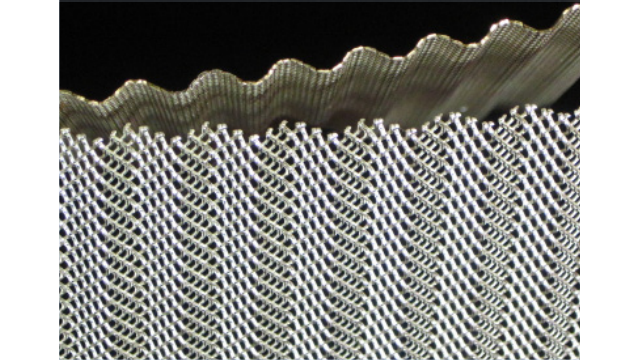
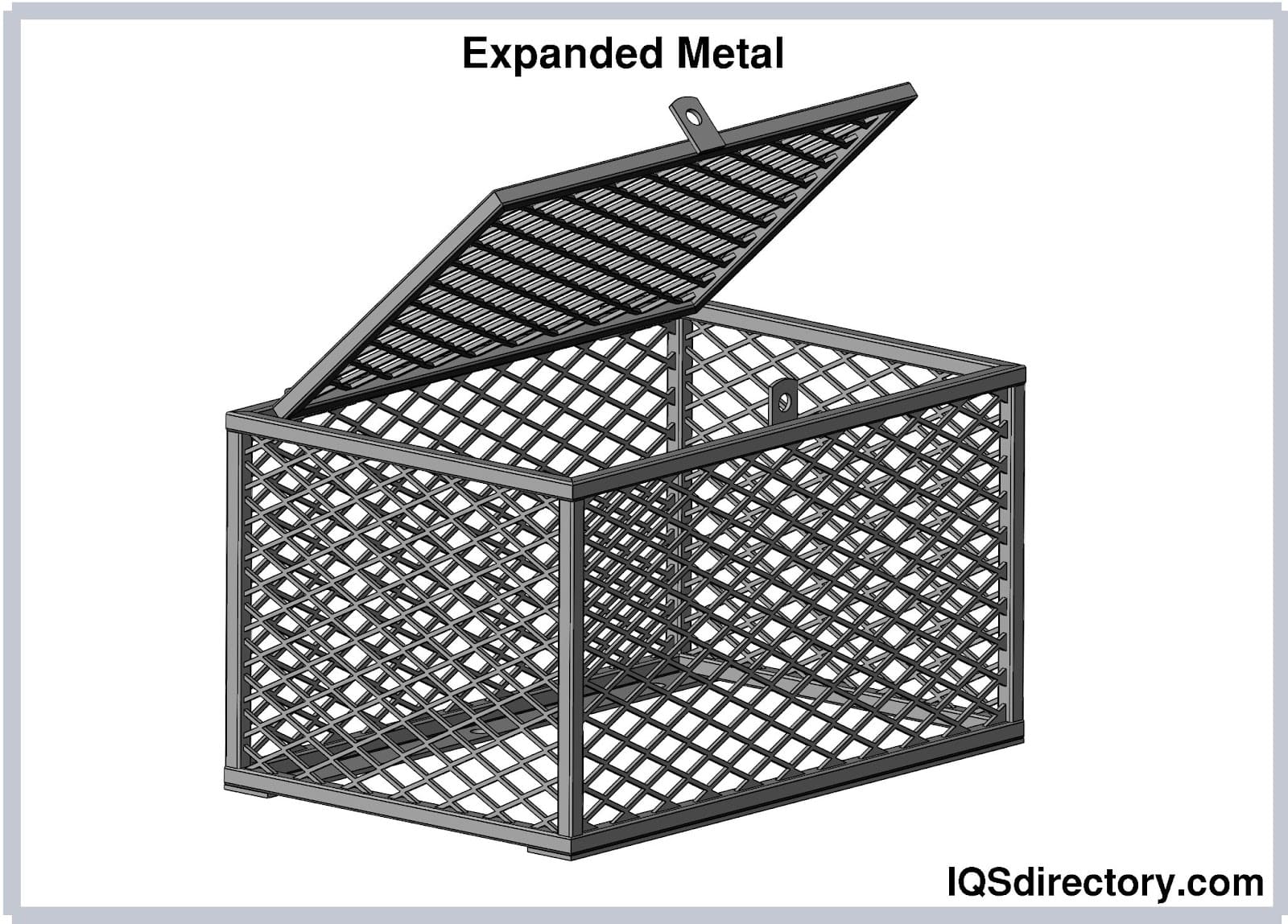
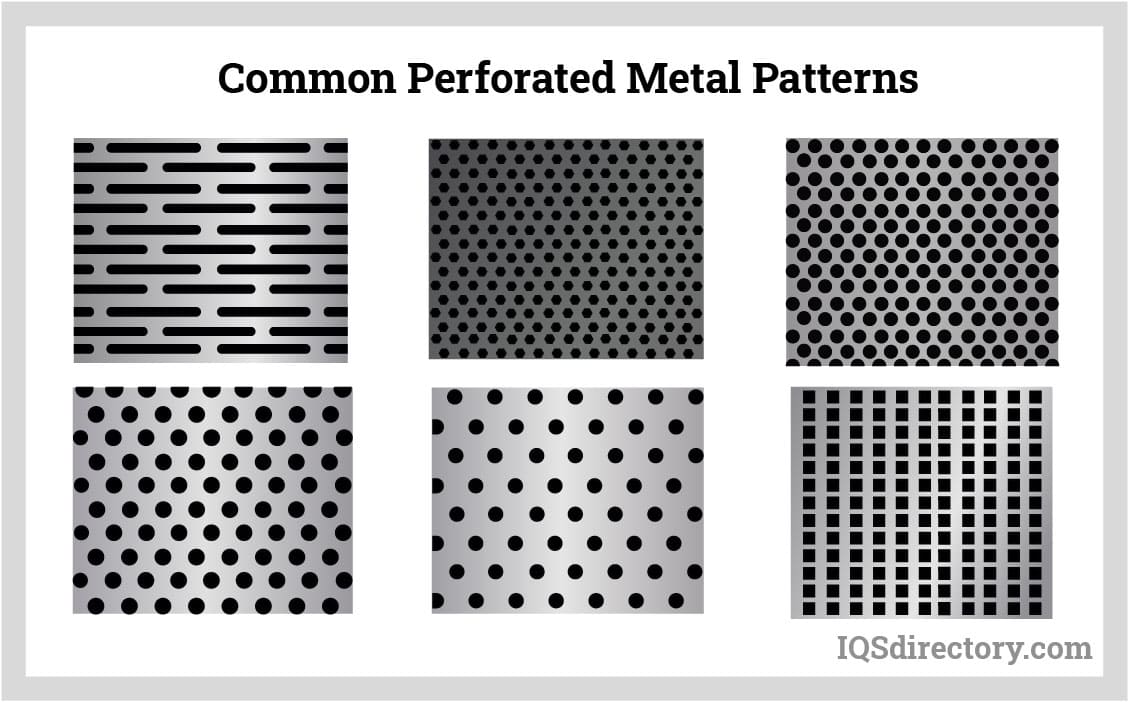
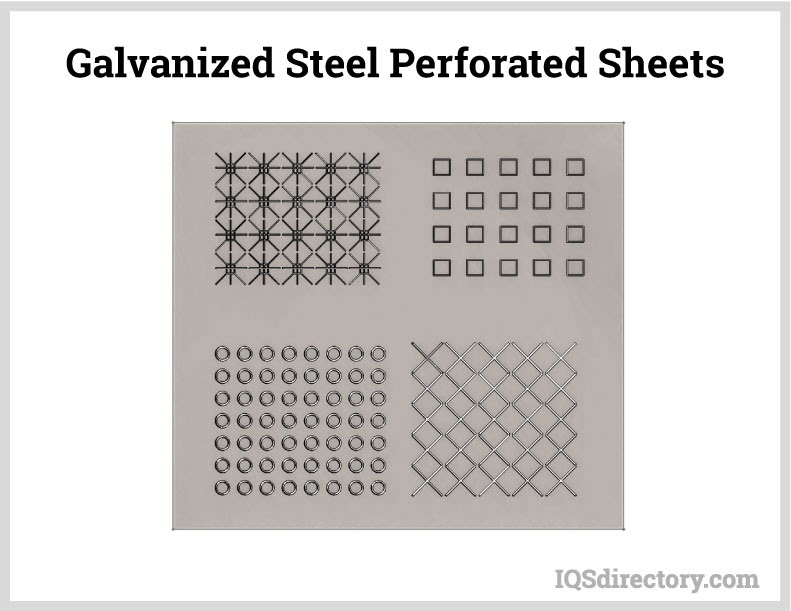
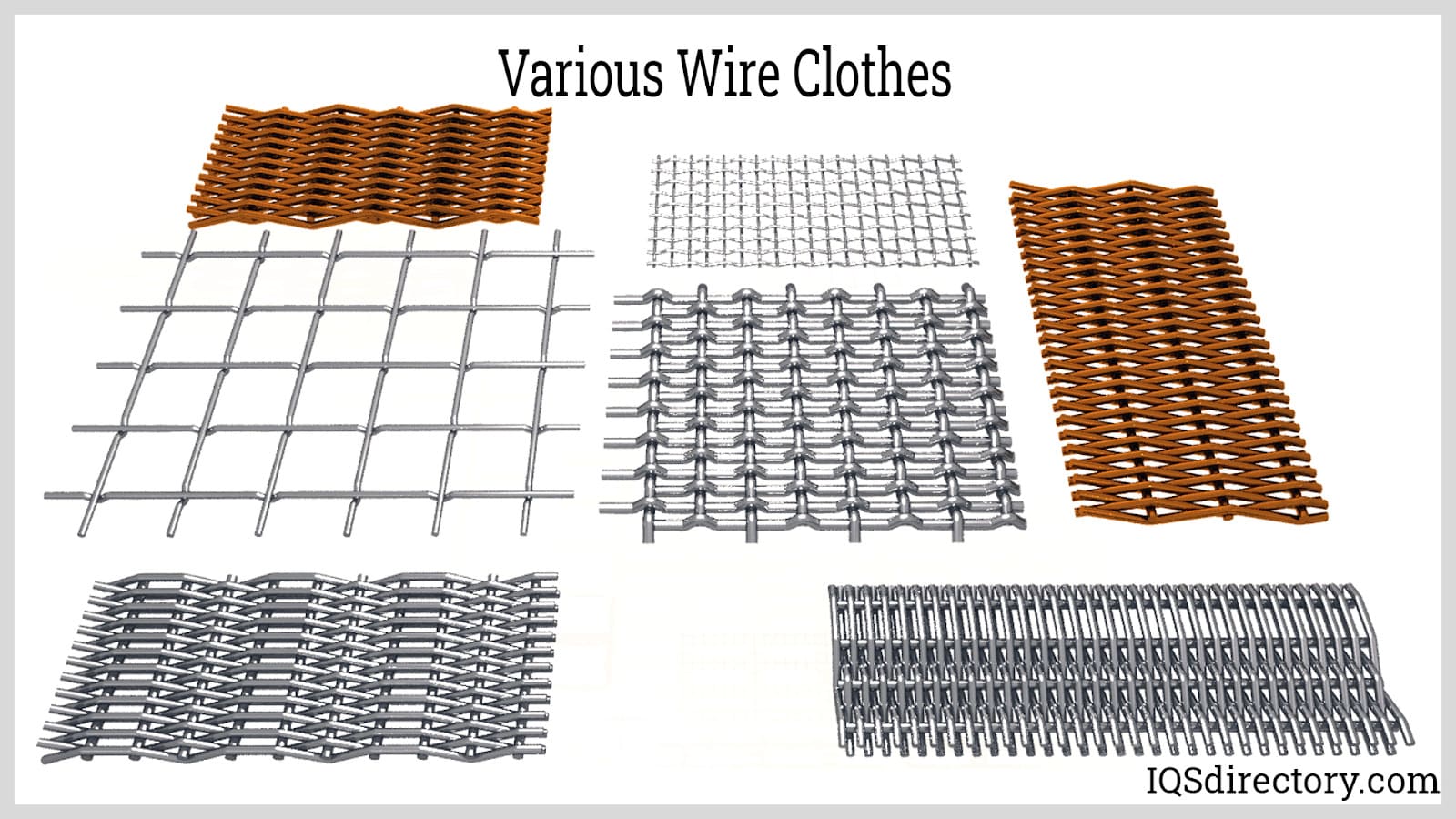
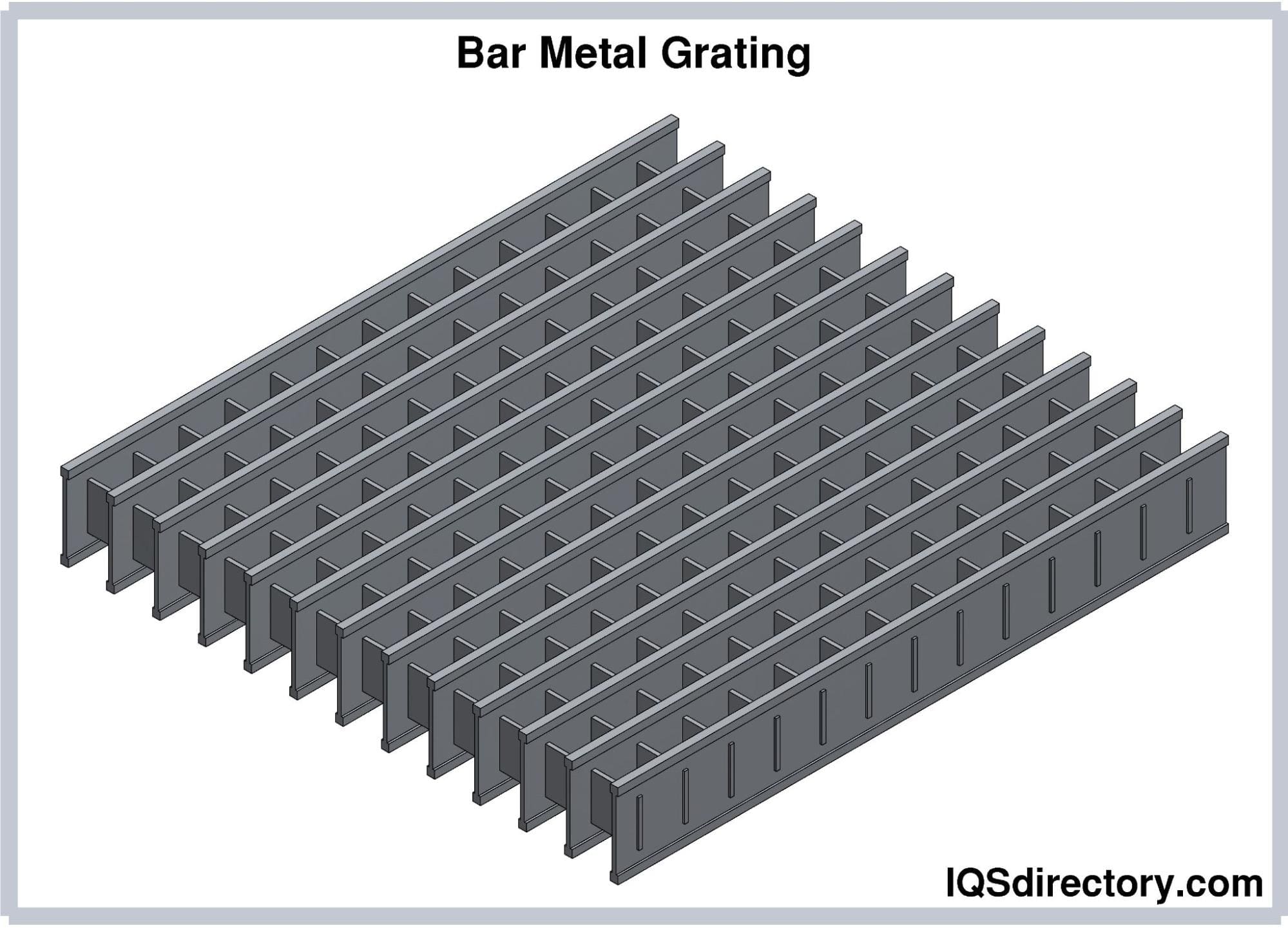
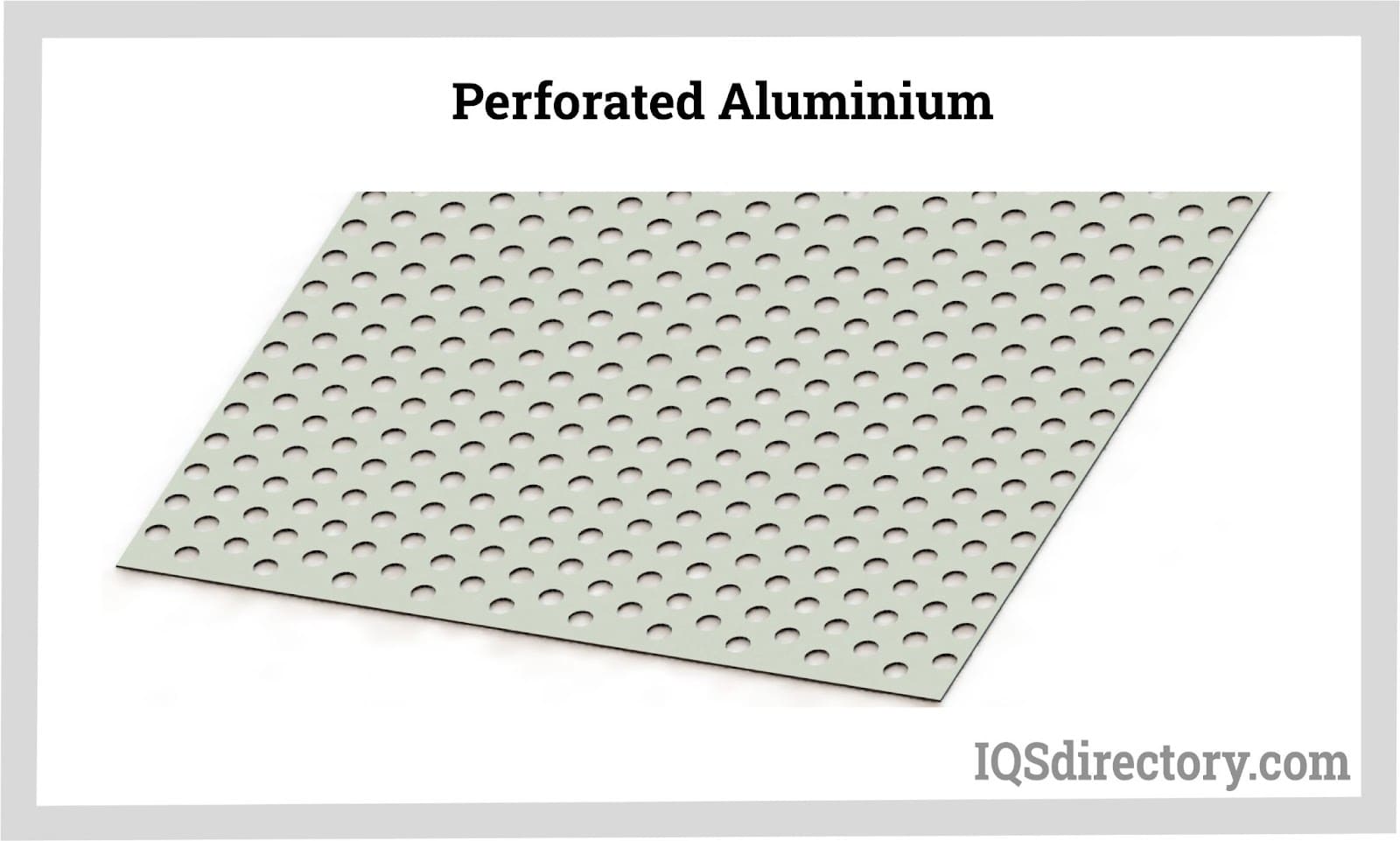
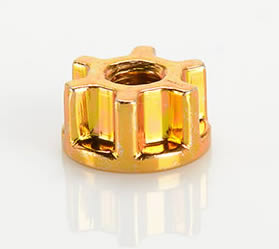 Cold Headed Parts
Cold Headed Parts Expanded Metals
Expanded Metals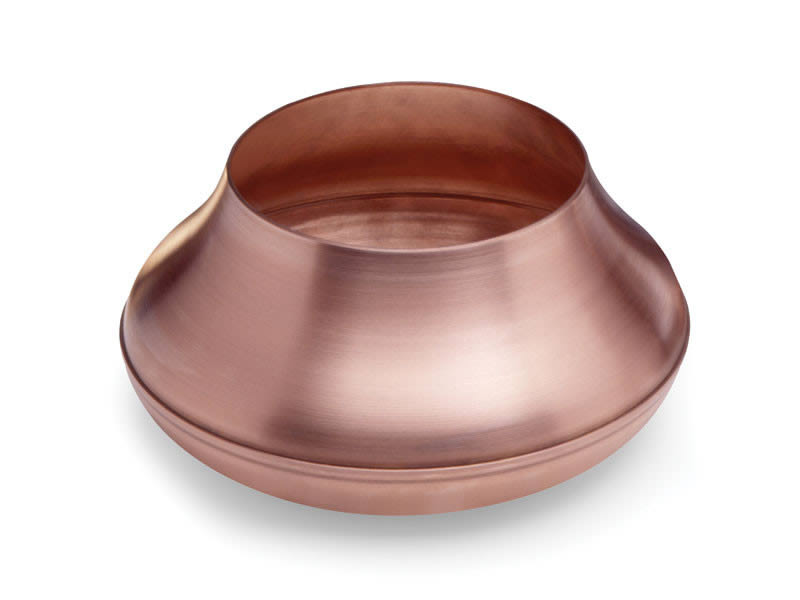 Metal Spinning
Metal Spinning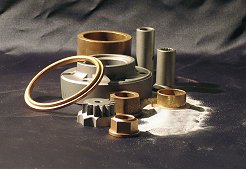 Powdered Metal Parts
Powdered Metal Parts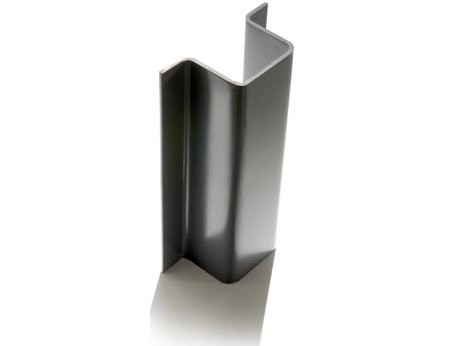 Roll Forming
Roll Forming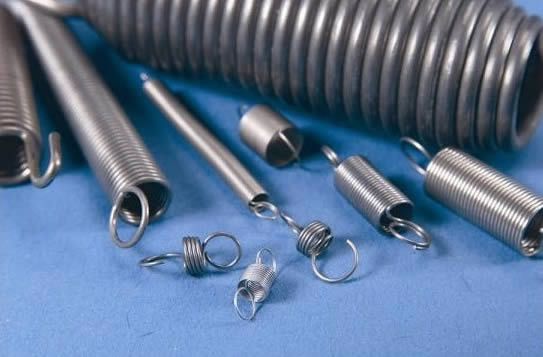 Springs
Springs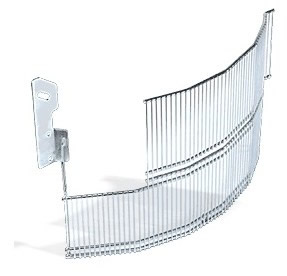 Wire Forms
Wire Forms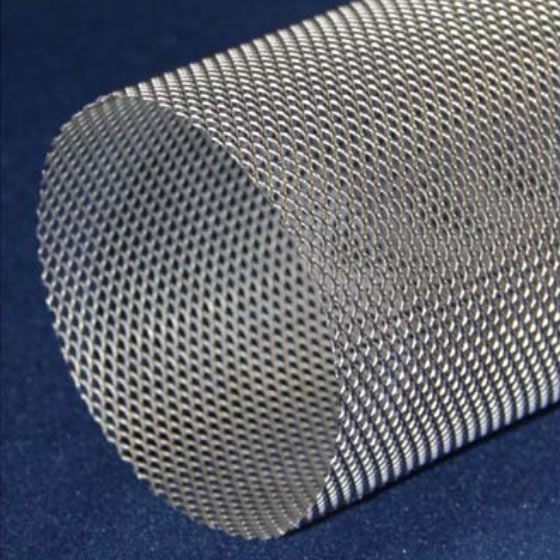 Wire Mesh
Wire Mesh Castings & Forgings
Castings & Forgings Bulk Material Handling
Bulk Material Handling Electrical & Electronic Components
Electrical & Electronic Components Flow Instrumentation
Flow Instrumentation Hardware
Hardware Material Handling Equipment
Material Handling Equipment Metal Cutting Services
Metal Cutting Services Metal Forming Services
Metal Forming Services Metal Suppliers
Metal Suppliers Motion Control Products
Motion Control Products Plant & Facility Equipment
Plant & Facility Equipment Plant & Facility Supplies
Plant & Facility Supplies Plastic Molding Processes
Plastic Molding Processes Pumps & Valves
Pumps & Valves Recycling Equipment
Recycling Equipment Rubber Products & Services
Rubber Products & Services